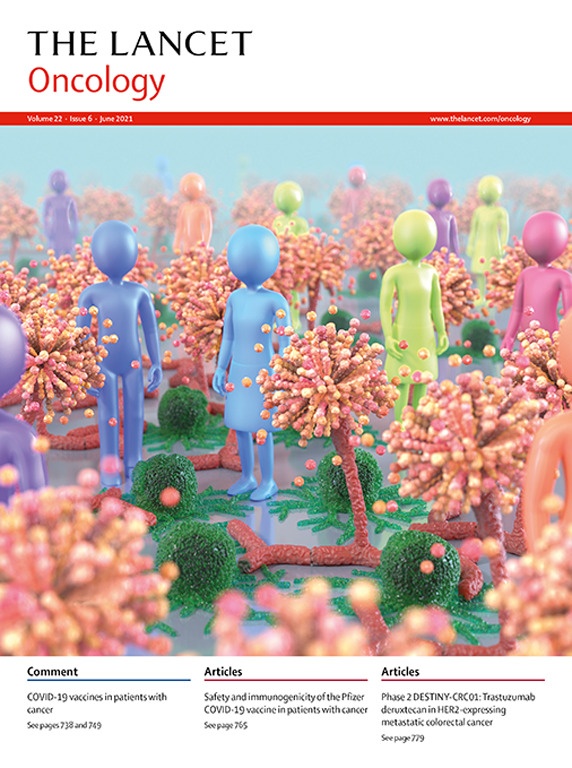
Oral ibandronic acid inferior to IV zoledronic acid for metastatic breast cancer to bone

Oral ibandronic acid inferior to IV zoledronic acid for metastatic breast cancer to bone
Oral ibandronic acid versus intravenous zoledronic acid in treatment of bone metastases from breast cancer: a randomised, open label, non-inferiority phase 3 trial
Lancet Oncol. 2014 Jan;15(1):114-22. doi: 10.1016/S1470-2045(13)70539-4.Synopsis
1404 patients with bone metastases from breast cancer were randomized to receive treatment with either oral ibandronic acid or intravenous zoledronic acid. The frequency and timing of skeletal-related events (SREs) was the primary non-inferiority endpoint. After 96 weeks of treatment, 50 mg of oral ibandronic acid given daily was inferior to 4 mg of intravenous zoledronic acid given every 4 weeks ...
To view the full content, login to your account,
or start your 30-day FREE Trial today.
FREE TRIAL
LOGIN
Forgot Password?
Explore some of our unlocked ACE Reports below!

Learn about our AI Driven
High Impact Search Feature
Our AI driven High Impact metric calculates the impact an article will have by considering both the publishing journal and the content of the article itself. Built using the latest advances in natural language processing, OE High Impact predicts an article’s future number of citations better than impact factor alone.
Continue



 LOGIN
LOGIN

Join the Conversation
Please Login or Join to leave comments.